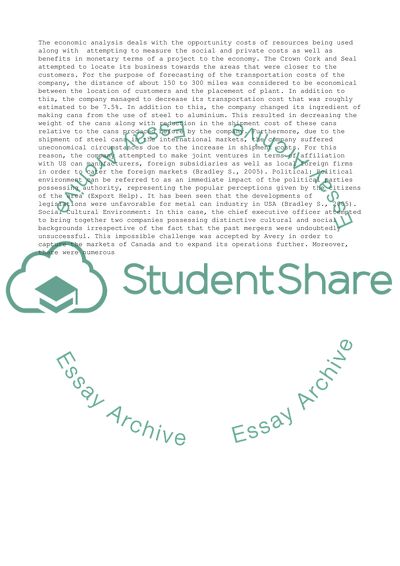Cite this document
(“Crown Cork & Seal in 1989 Business strategy Case Study”, n.d.)
Retrieved de https://studentshare.org/business/1390635-business-strategy
Retrieved de https://studentshare.org/business/1390635-business-strategy
(Crown Cork & Seal in 1989 Business Strategy Case Study)
https://studentshare.org/business/1390635-business-strategy.
https://studentshare.org/business/1390635-business-strategy.
“Crown Cork & Seal in 1989 Business Strategy Case Study”, n.d. https://studentshare.org/business/1390635-business-strategy.


